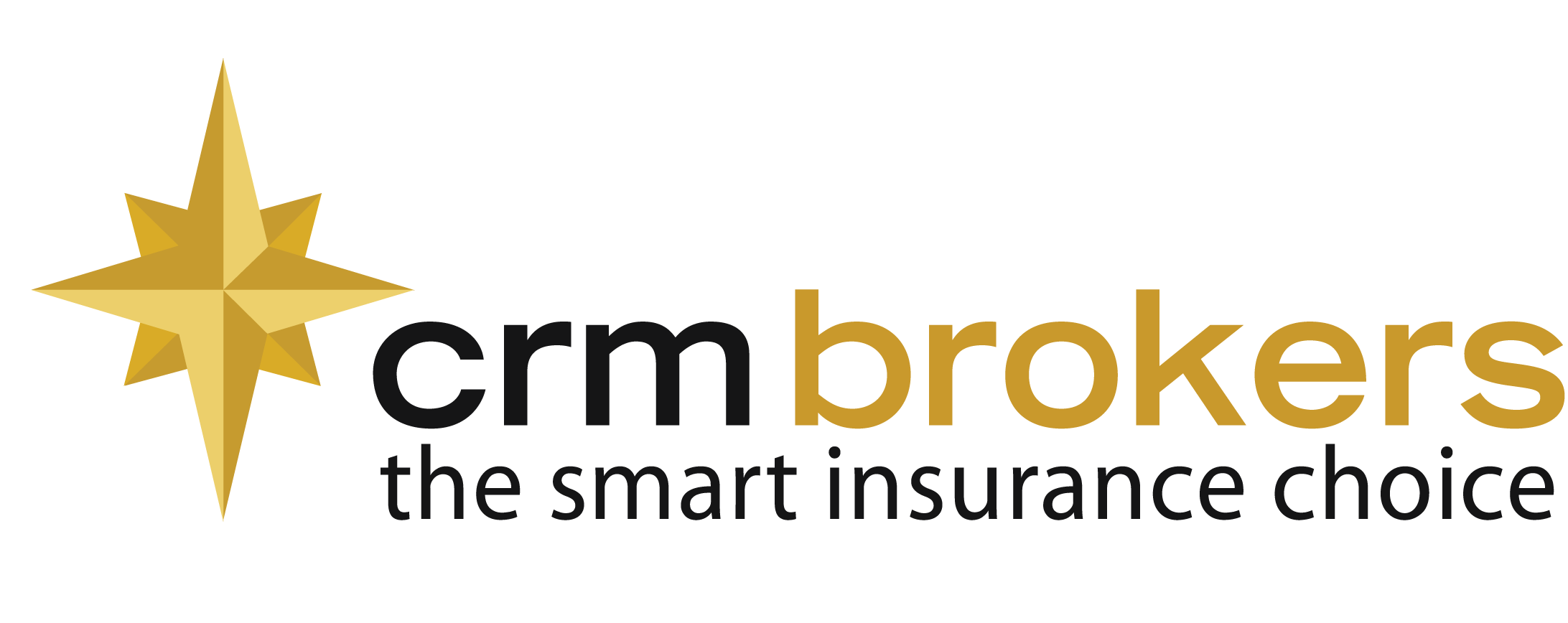
01 Jun Providing Insurance for Existing Structures
Providing Insurance for Existing Structures
There are a number of common mistakes often made in the consideration of contract works and public liability insurance – insurance of which may fall to one, or both, of two types of insurance: Material Damage and/or Public Liability.
Public Liability
When dealing with complex or high-value existing structures undergoing alteration or refurbishment (in whole or in part) it is sometimes anticipated that such structures will be catered for utilising the (usually) significant limits of liability provided in construction liability policies. In so doing, one must consider the following aspects:
- Generally public liability policies will have an exclusion relating to the “part being worked immediately upon”. The part being worked upon is exposed to broad interpretation. However most fit-outs for specific tenants in multi-tenanted buildings [which are indemnified by a construction liability policy] will provide “flow-on” cover with respect to the areas accommodating other tenants.
- All public liability policies are triggered by an insured’s “legal liability” for a given occurrence. Malicious damage by third parties and storm damage are two examples of damage for which a contractor may not necessarily be legally liable.
- Generally, public liability policies will exclude “liability assumed by contract unless an insured would otherwise have been legally liable.” Thus, because a contract may require an indemnity* from a contractor, it does not necessarily follow that a public liability policy will respond. (*Indemnities assumed by contract, for which a contractor would not ordinarily be liable, are generally considered to be an entrepreneurial or commercial-risk undertaking on the contractor’s part. Risk-aware contractors would know this).
- Exposure to liability for vibration, weakening or the removal of support. Many policies exclude the risk and/ or require the risk to be quantified and added.
- Ownership of the existing structure. If the existing structure belongs to an insured party, a cross-liabilities clause is necessary [which will insure all parties for damage they may cause, as if they were all individually insured, unless such damage to an existing structure is caused by its owner].
- If any existing structure (in whole or in part) is passed in to the care custody or control of the contractor, appropriate sum insured allowances must be made and any specific policy terms and conditions relating to care, custody or control must be taken in to account.
Material Damage
Insuring existing structures (for their entire value or on a “first-loss” basis) for a nominated amount, under a material damage policy, removes the onus by an insured to prove legal liability and it mitigates the liability exclusion for the part being worked immediately upon [unless as a result of fault, error or defect in workmanship, design or material – which is a common material damage exclusion]. It essentially renders obsolete the exclusion for vibration, weakening and removal of support damage to existing structures. It mitigates the issue of owner’s own damage and mitigates some contractual indemnity requirements (which may not ordinarily also be legal requirements). It also removes any care, custody or control issues [usually inherent in liability policies].
There are other issues to consider, including:
- Heritage listed buildings are often required to be declared by construction insurers. Old buildings were constructed without the benefit of strict building codes and performance designs. They have invariably deteriorated over time. Like-for-like materials can be hard to obtain, often expensive, or indeed are unobtainable and such structures are more susceptible to damage by vibration, fire and water than modern structures. Accordingly, replacement values can be very unreliable even those obtained from experts! (But experts usually have PI policies…..)
Stay Informed – Connect with us on LinkedIn
Important Notice
This article provides information rather than financial product or other advice. The content of this article, including any information contained in it, has been prepared without taking into account your objectives, financial situation or needs. You should consider the appropriateness of the information, taking these matters into account, before you act on any information. In particular, you should review the product disclosure statement for any product that the information relates to it before acquiring the product.
Information is current as at the date the article is written as specified within it but is subject to change. CRM Brokers make no representation as to the accuracy or completeness of the information. Various third parties have contributed to the production of this content. All information is subject to copyright and may not be reproduced without the prior written consent of CRM Brokers.
Defect Remediation & Maintenance in Strata
Strata committees often ask why the presence of outstanding defects or maintenan...
27 February, 2025The Rising Risk of Tobacco Retailer Tenants for Strata and Property Owners
Earlier this year we wrote an article about high-risk tenants for strata and pro...
03 December, 2024Holiday Trading and After-Hours Information
CRM Brokers wishes you and your family a very Merry Christmas and we look forwar...
04 November, 2024The Importance of Police Reference Numbers for Claims
At CRM Brokers, we are committed to making our client’s claims experience ...
30 October, 2024





